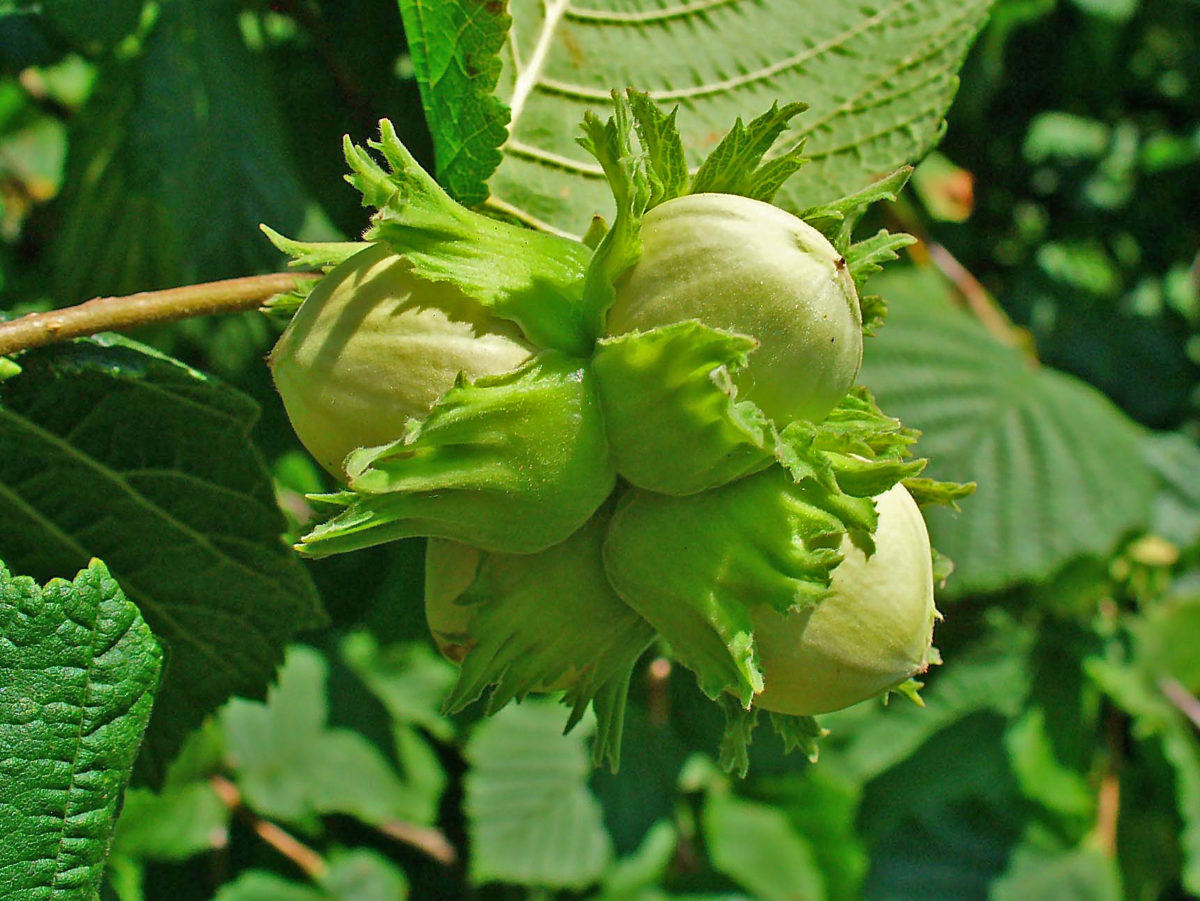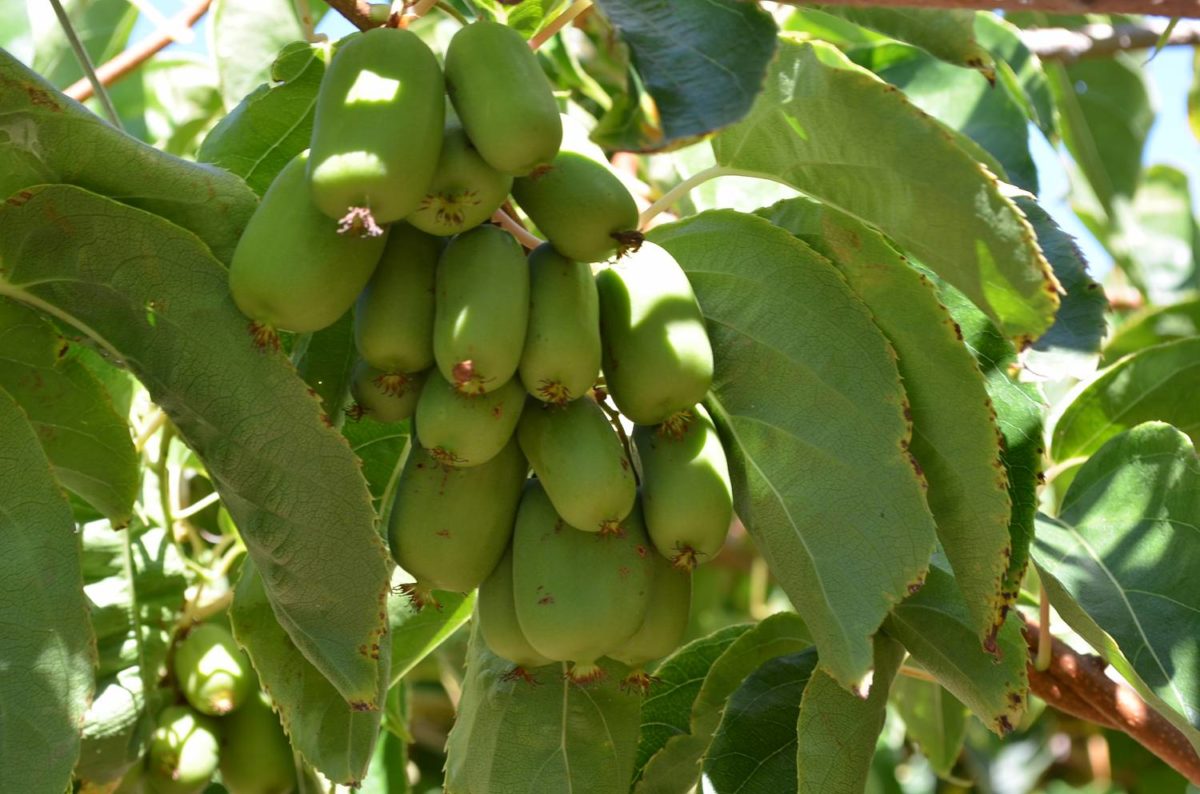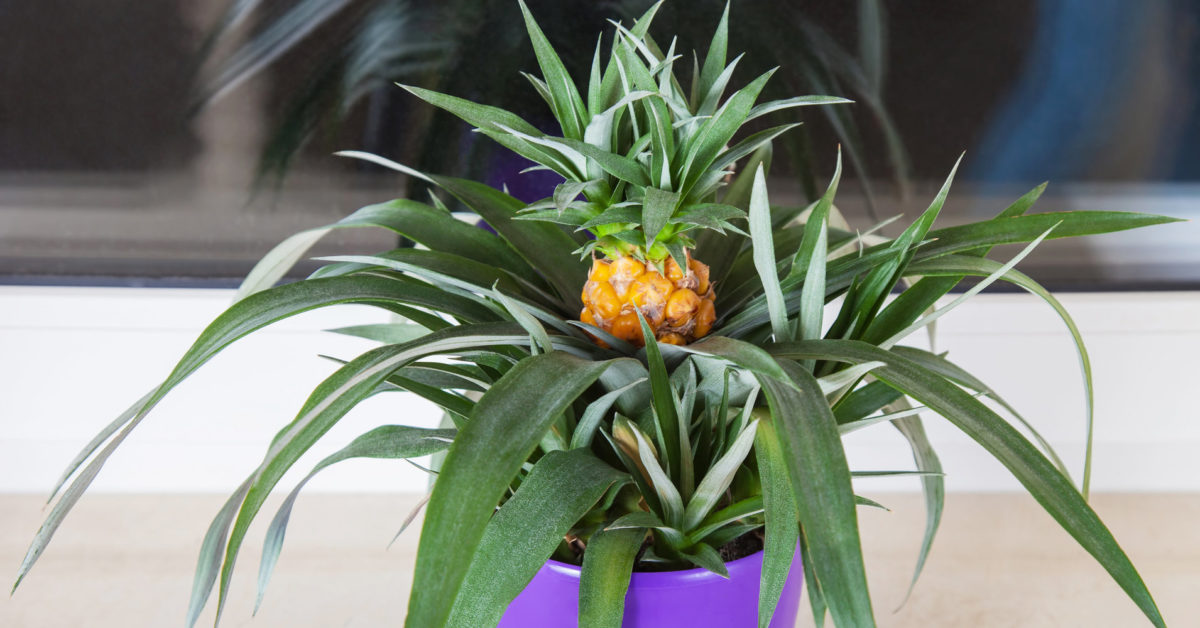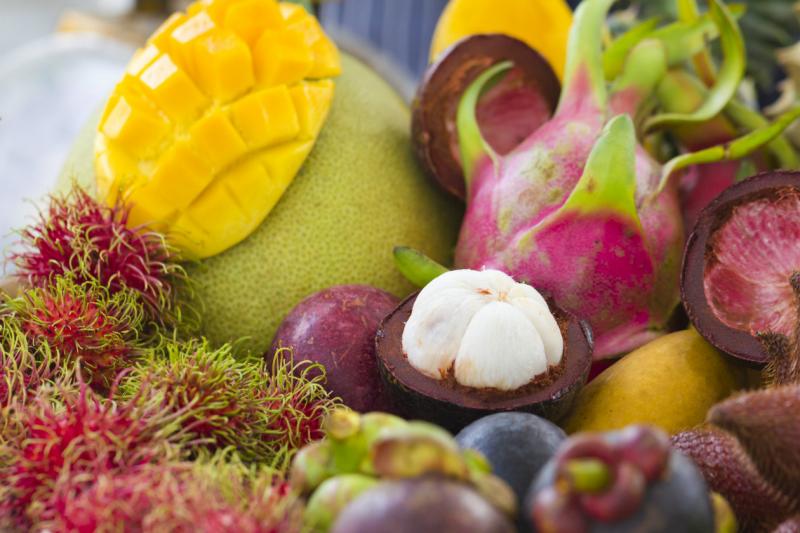Fruit
Hazelnut and hazel (hazelnut) - what is the difference and features
Most of us love nuts and value them for their high content of nutrients, vitamins and trace elements. Hazelnuts and hazelnuts, which have a pleasant taste, are very popular. They are beneficial to the body if the nuts are stored and consumed properly. What's the difference between hazelnuts and hazelnuts, how are they different? The answer to this question will be of interest to many nut lovers.How hazelnuts and hazelnuts differ
Actinidia for the Moscow region: kolomikta and other varieties, photo
Actinidia can be described as a liana-like plant with a powerful tree-like stem that is covered with large leaves. There was a time when this plant was widely used for decorative purposes. However, later on some varieties managed to find fruits with a pleasant taste. As a result, wild-growing actinidia began to be used as a base for breeding fruit-bearing varieties. One of them has become especially popular and widely known even in our country. This is the well-known kiwi.What are the varieties of actinidia
How pineapples grow on plantations, in greenhouses and at home
Many people think that delicious and juicy pineapples grow on some tropical trees. But the exotic fruit belongs to the bromeliads that grow right on the ground. By the way of fruiting, pineapple is similar to cabbage, but it is a perennial herb. It is grown on plantations, in greenhouses and even indoors.How pineapples grow
How to grow pineapple at home: the nuances of growing
Today you cannot find such a person who has not heard about pineapple. Native to the subtropics, this exotic fruit is exported to most countries. And surely many had a desire to eat pineapple grown by their own hands. It is quite possible to implement such an idea, because with the right approach, you can get fruit of approximately the same quality at home or in a greenhouse.How to grow pineapple at home




